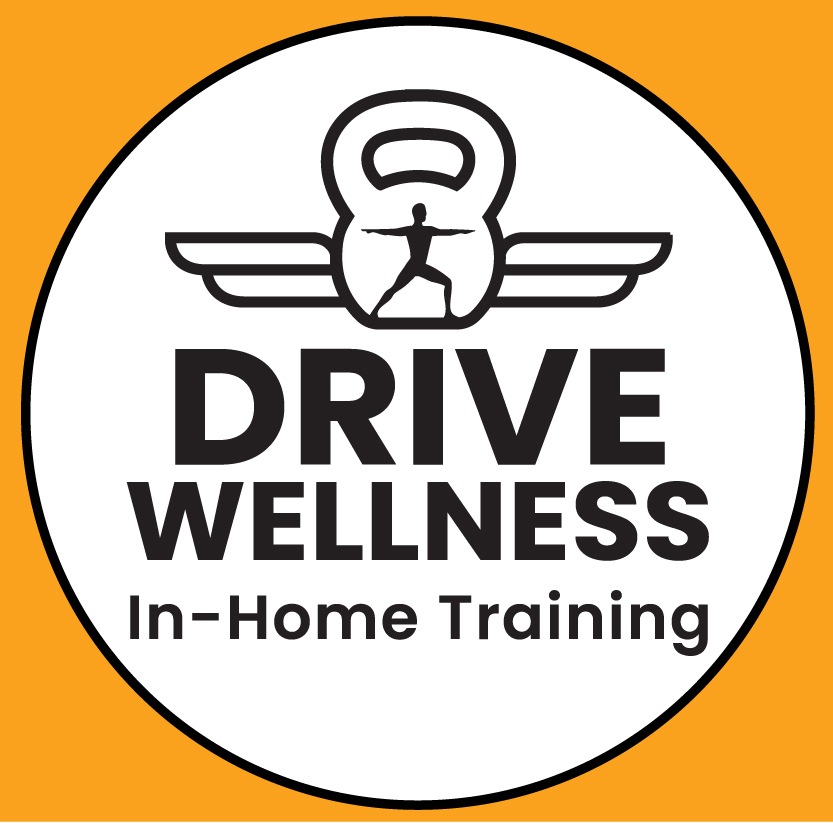Strength Training in Midlife Is the Key to Long-Term Wellness

Training Through Transition
Why Strength Training Matters More Than Ever in Midlife
Strength training isn’t just for athletes or bodybuilders—it’s one of the smartest things you can do for your body after 40. Here’s why it matters and how to get started safely.
We don’t just lose the ability to lift heavy boxes or carry groceries as we age—without strength training, we gradually lose muscle mass, bone density, metabolic function and physical confidence.
But there’s good news: it’s never too late to start. In fact, midlife might be the most important time to begin.
The Natural Changes of Midlife
Around age 40 (and often earlier for women entering perimenopause), the body begins to change. Hormones like estrogen and testosterone decline, which can trigger:
- Loss of muscle mass (sarcopenia)
- Decreased bone density
- Slower metabolism and weight gain
- Increased risk of insulin resistance and cardiovascular disease
These aren’t just annoying side effects—they’re meaningful health shifts that affect quality of life, mobility and long-term well-being.
The Science-Backed Benefits of Strength Training
Strength or resistance training (think weights, resistance bands or bodyweight exercise) is one of the most effective tools to counter these changes. Research shows that consistent strength training:
- Builds and preserves muscle mass
- Supports bone health and may help reduce osteoporosis risk
- Boosts metabolism (muscle burns more calories at rest than fat)
- Improves blood sugar control and insulin sensitivity
- Supports balance, coordination and joint stability
- Reduces risk of falls and injury
- Elevates mood and cognitive function
And yes—it’s safe and effective even if you’ve never touched a dumbbell before.
How to Get Started Safely
The key to starting strength training in midlife is to begin gradually and consistently, with proper form and recovery. Here’s what to keep in mind:
1. Start With Functional Movements
Squats, lunges, pushes and pulls mimic everyday actions like sitting, standing, carrying and lifting. These movements build strength where you actually need it.
2. Prioritize Form Over Weight
Start with light weights or even just bodyweight until your form is dialed in. Poor mechanics lead to injury, not results.
3. Aim for 2–3 Sessions per Week
Even two short sessions of 30–45 minutes per week can yield noticeable changes in strength, posture and energy.
4. Don't Skip Recovery
Recovery becomes more important with age. Rest days, mobility work, and adequate protein and hydration all help muscles rebuild and grow stronger.
5. Get Professional Guidance
A certified personal trainer (especially one with experience in midlife wellness) can design a program tailored to your goals, fitness level and health history.
Common Myths That Hold People Back
Let’s bust a few myths that keep people from getting started:
“I don’t want to get bulky.”
Muscle growth at this stage is gradual and supportive—not excessive. The result is tone, not bulk.
“I’m too old to start now.”
Studies show people in their 70s and 80s can gain muscle and bone density through resistance training.
“I’ll just do cardio instead.”
Cardio is great for heart health, but it doesn’t replace the muscular, metabolic or skeletal benefits of strength work.
The Takeaway
Strength training isn’t optional after 40—it’s essential. Whether your goal is to boost energy, support healthy weight, preserve bone health, or simply feel strong and confident, resistance training offers lifelong benefits.
Start where you are. Progress slowly. Stay consistent.
Your future self will thank you.
Subscribe to Our Newsletter
Get the latest news, articles and resources from DRIVE Wellness, sent directly to your inbox.
By signing up, you agree to our Terms and Conditions.
DRIVE the Movement
Read other blogs to help you along your wellness journey!


